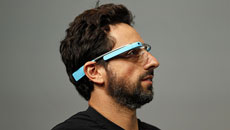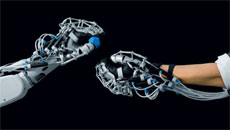Afraid of losing important data saved in your smart phone or tablet? Not to worry any more as researchers - including an Indian-American scientist - from the Georgia Institute of Technology have gone a step further from passwords, gestures or fingerprint scans.
They have developed a new security system that continuously monitors how a user taps and swipes a mobile device.
If the movements do not match the owner’s tendencies, the system called LatentGesture recognises the differences and can be programmed to lock the device.
“The system learns a person’s ‘touch signature’, then constantly compares it to how the current user is interacting with the device,” explained Polo Chau, a computing assistant professor at Georgia Tech College of Computing.
This feature could be used when a child uses her dad’s tablet.
“The system would recognise his/her touch signature and allow him/her to use the device. But if he/she tried to buy an app, the system could prevent it,” said Premkumar Saravanan, a sophomore at Georgia Tech College of Computing.
The system is nearly 98 percent accurate on a smart phone and 97 percent correct on tablets.
To test the system, Chau and his team set up an electronic form with a list of tasks for 20 participants.
They were asked to tap buttons, check boxes and swipe slider bars on a phone and tablet to fill out the form.
The system tracked their tendencies and created a profile for each person.
After profiles were stored, the researchers designated one person’s signature as the “owner” of the device and repeated the tests.
LatentGesture successfully matched the owner and flagged everyone else as unauthorised users.
Just like your fingerprint, everyone is unique when they use a touchscreen.
“Some people slide the bar with one quick swipe. Others gradually move it across the screen. Everyone taps the screen with different pressures while checking boxes,” Chau said.
The research team also programmed the system to store five touch signatures on the same device - one “owner” and four authorised users.




